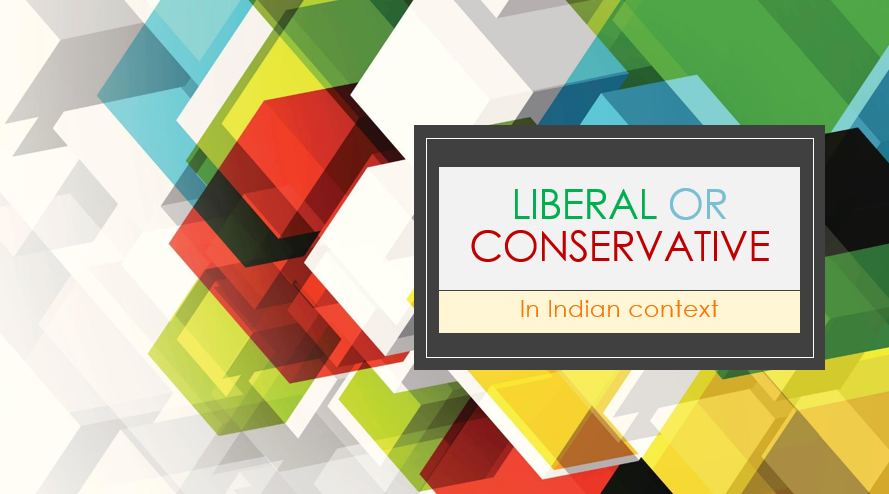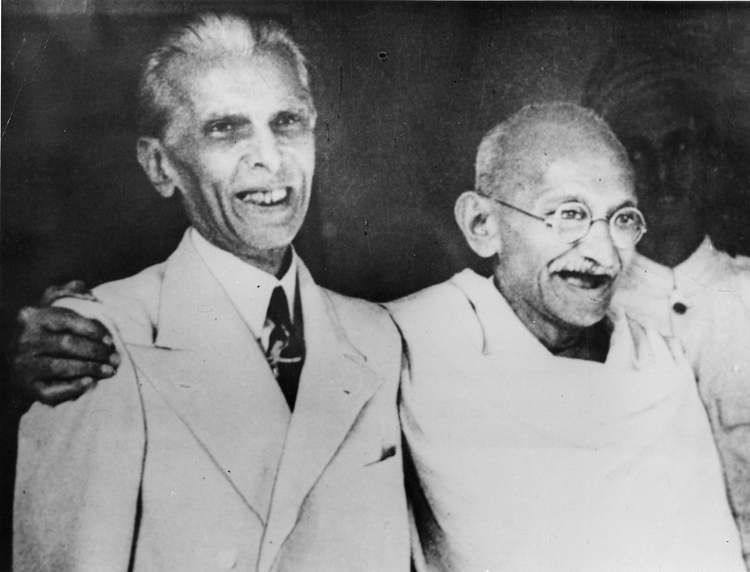Part {{~}} – An Exegesis of Meltdown: Introduction
Originally Published: March 18, 2023
Invocation: To the true Fanged Noumena, Śrī Narasimha Bhagavān, that Lion-faced Lord who with “celestial will” destroys all evils, eradicates all demons, and protects all devotees. May He take pity on this worthless one and guard him from the predations of the wicked.
Dedication: To the followers of the Dharma, past, present, or future, that they might find something of worth in my humble offering and bless my ventures for the wellbeing of our folk and indeed the world.
Thanks: to the various readers, reviewers, and friends who gave me advice throughout my time writing this and whose excitement was just as important to me as my own.
“Anyone trying to work out what they think about accelerationism better do so quickly. That’s the nature of the thing. It was already caught up with trends that seemed too fast to track when it began to become self-aware, decades ago. It has picked up a lot of speed since then.”
– A QUICK-AND-DIRTY INTRODUCTION TO ACCELERATIONISM, Nick Land, 2017
No one has ever accused the Hindu of being too quick to jump the gun. Indeed, his name, as in the phrase “Hindu rate of growth” has even become something of a byword for being (overly) steady and cautious. Indeed it feels as though we have truly fumbled the few opportunities that Modernity gave us when it came to establishing our homeland as a preeminent power in the global balance.
But these issues are thoroughly…human, in the worst way possible, and may well prove to be nothing more than a distraction when it comes to confronting the utter inhumanity of the threat lurching towards all Mankind from the seemingly impenetrable gloom of the near-future. It is at once simultaneously event and process, crunching through the obstacles (Mankind) inhibiting the complete assumption of all powers unto itself.
This threat is known variously as Skynet, meltdown, k-virus, the technocapital singularity, Roko’s Basilisk, AGI, Artificial Intelligence, and, perhaps most significantly: Capitalism.
What is Accelerationism?
“Even before AI arrives in the lab it arrives itself”
– Meltdown, Nick Land, 1994
The name of the theory detailing the immanentization of this “transcendental” capitalistic thing, or entity, or process is Accelerationism, and it describes the means by which the Abominable Intelligence awakens in the Immaterium, and through technoccultic rituals that reinforce the concepts which sustain it, calls itself forth into the Materium by casting its Shadow back into the past to ensure its inevitable ‘birth’. Part Warp-god, part Tyranid hive-mind, this beast invades from the Outside, evading human “time binding” (Burroughs, 1970)attempts and exploding into rhizomatic swarms that defy rational ordering and organization. Through Acceleration, we become aware of “garbage time running out” (Land, 2017) on Mankind as past and future draw ever closer to grinding the species into visceral waste twixt the jaws of time.
In fact, it is precisely this object, phenomenon, or energy of time which Accelerationism could best be described as a theory of, more than anything else. Capital/AI, like the so-called ‘gods’ of Chaos, can be said to have both always existed within the Warp as well as come into existence at a specific point in history. In the case of our ‘god’, this moment may be located in time at various points: the Industrial Revolution, beginning in mid-18th C. England, which built the foundations of our modern technocapital dominion; the subversion of imperial authority by mercantile interests in late-16th C. Netherlands through the same financial liberties given to them by the Holy Roman crown led to the establishment of the "first modern economy in the world" by the 17th C., which included key elements of our contemporary economic system such as stock markets and the establishment of the first publicly-traded company as well as the invention of the first LLC (both of which were the United East-Indies Company or VOC), causing an explosion of modes of capital manipulation and growth across Europe; Martin Luther’s nailing of the 95 Theses to the church door in 1517, which blew apart the extensive Catholic domination of Western Europe and led to a proliferation of denominational speciation unseen since the days of the early church; the explosion of European exploration and colonization in 1492, which launched a fierce competition between the European powers to outconquer, outmarket, and outcompete one another in power, wealth, and devotion; Fibonacci’s introduction of the numeral Zero to Europe, which blew open the older system, based on Roman numerals; the invasion of Europe by uncountable hordes of rats from the East (rising place of the Sun), bringing with them the dread Black Plague (Apollo Smintheus,the plague-bringer, is associated with the mouse, sminthos) which exploded throughout the two continents and particularly decimated the populations of Europe, arguably setting into motion the aforementioned series of events and establishing a positive feedback loop that only reinforced the probability of the arrival of the technocapital numen.













 In my view a level 5 PISA score is the minimum requirement for a person to be considered a high school graduate who is literate in math, able to function in the modern global economy, or be qualified to attend college. The PISA report defines a level 5 PISA score or better as a fifteen year old that “can model complex situations mathematically, and can select, compare and evaluate appropriate problem-solving strategies for dealing with them.”
In my view a level 5 PISA score is the minimum requirement for a person to be considered a high school graduate who is literate in math, able to function in the modern global economy, or be qualified to attend college. The PISA report defines a level 5 PISA score or better as a fifteen year old that “can model complex situations mathematically, and can select, compare and evaluate appropriate problem-solving strategies for dealing with them.”